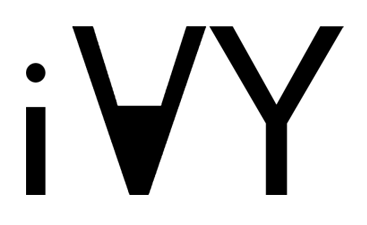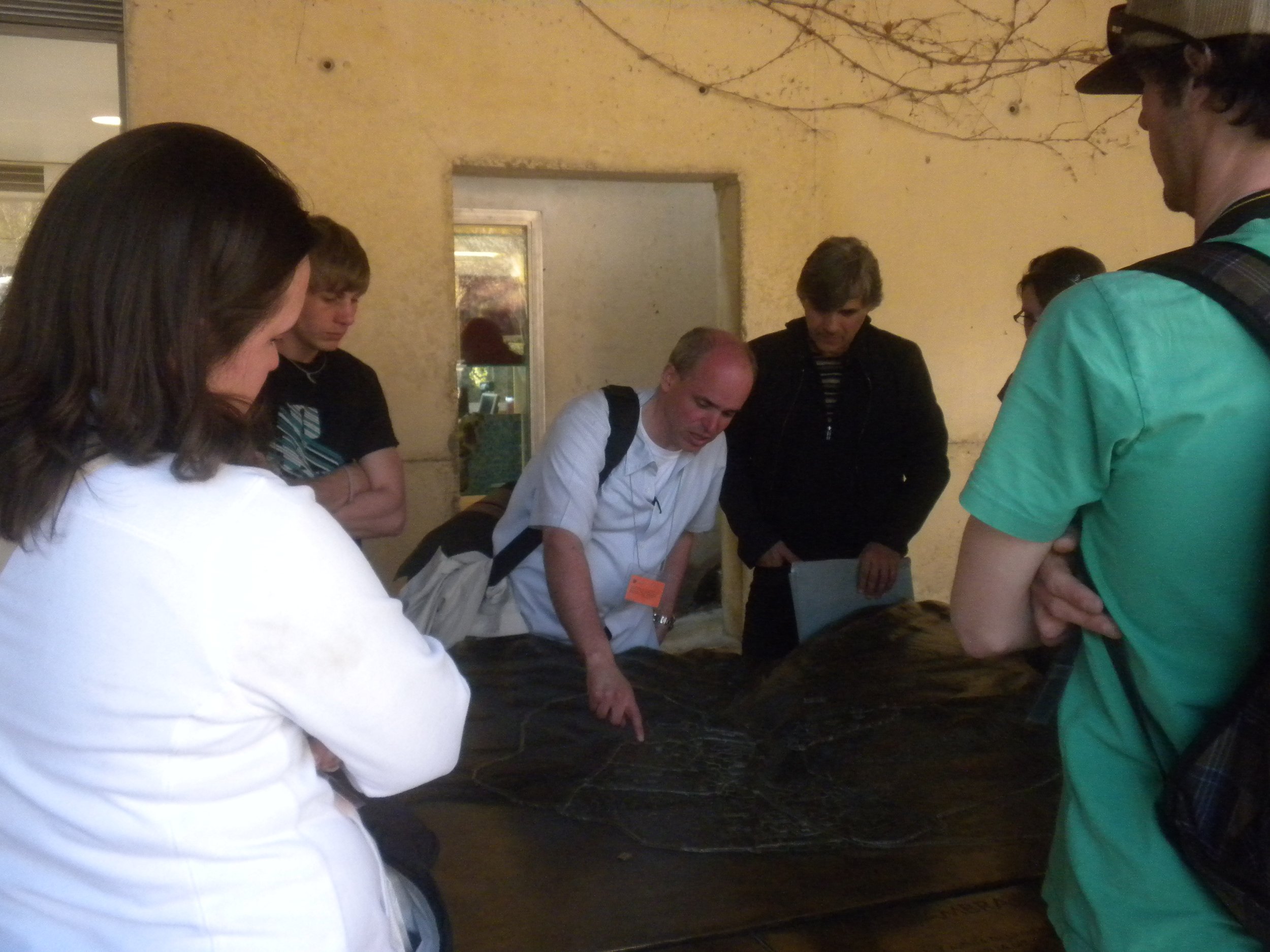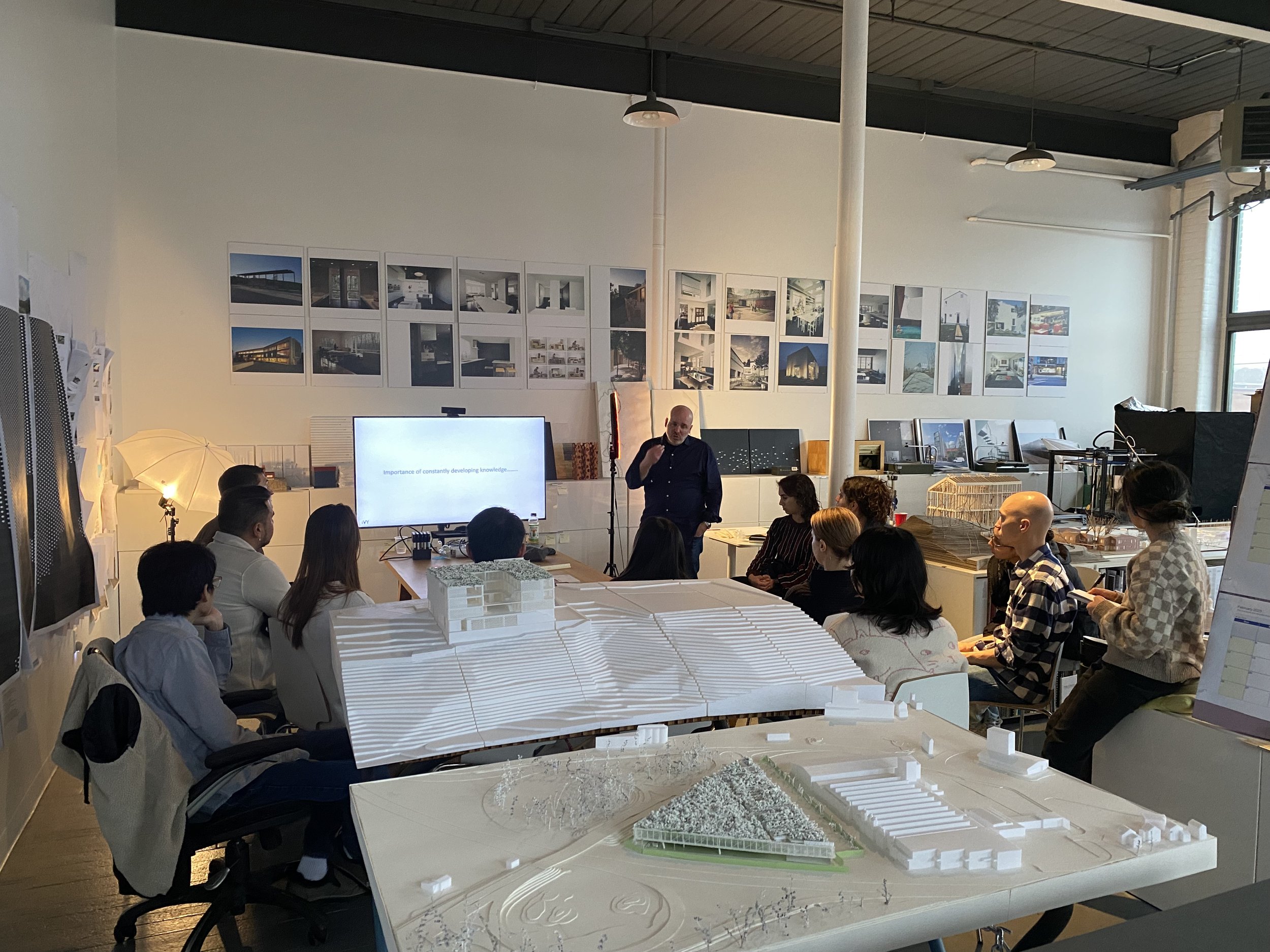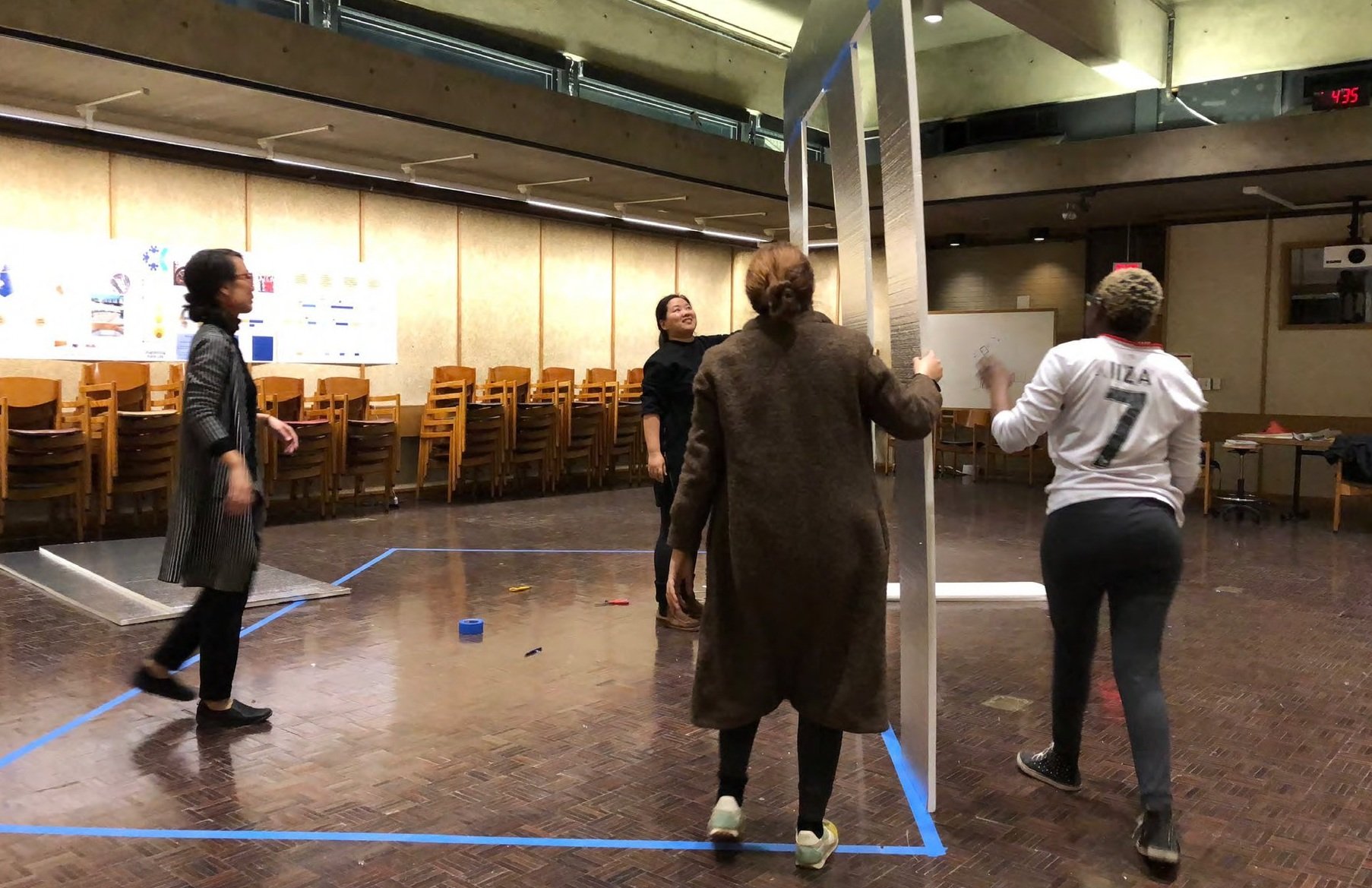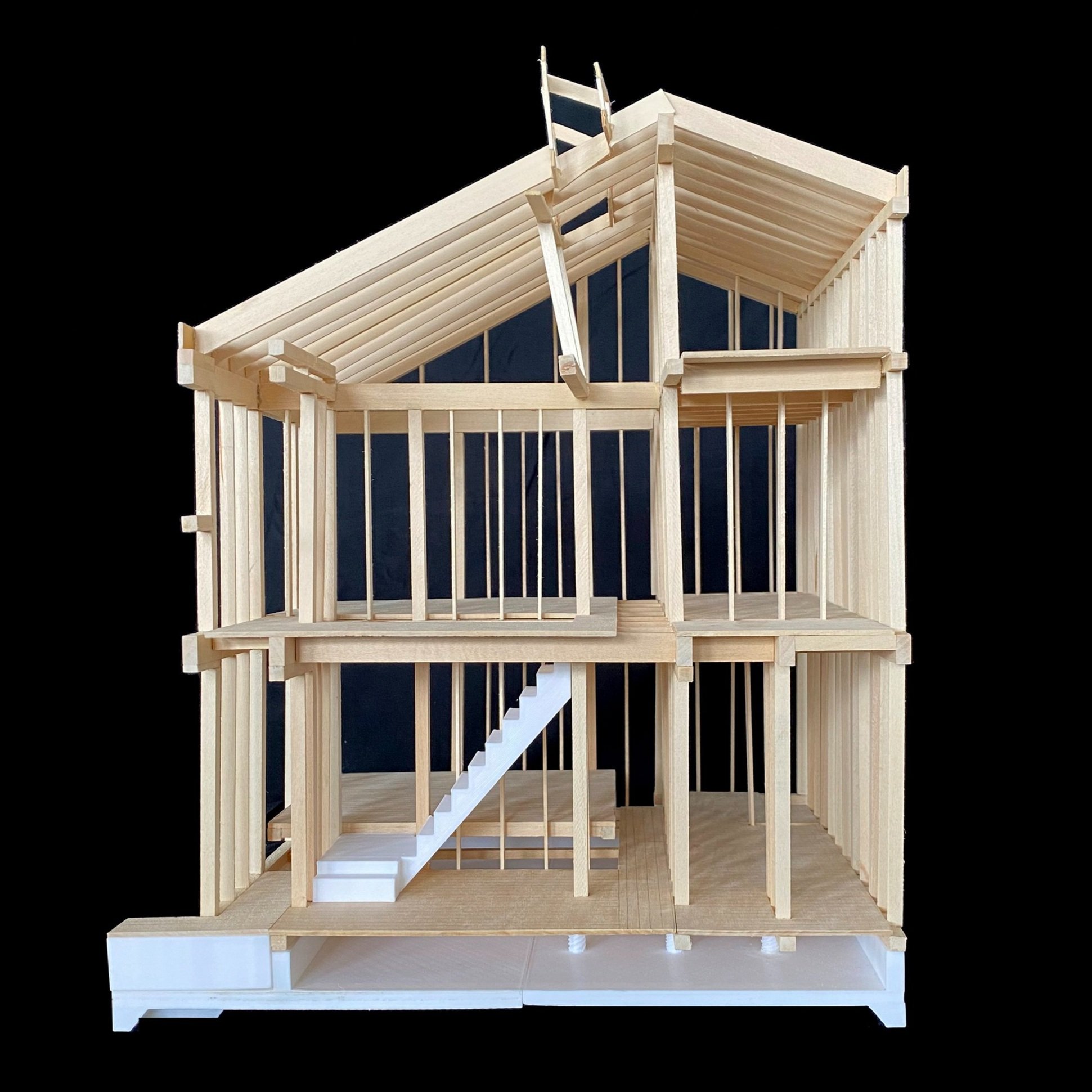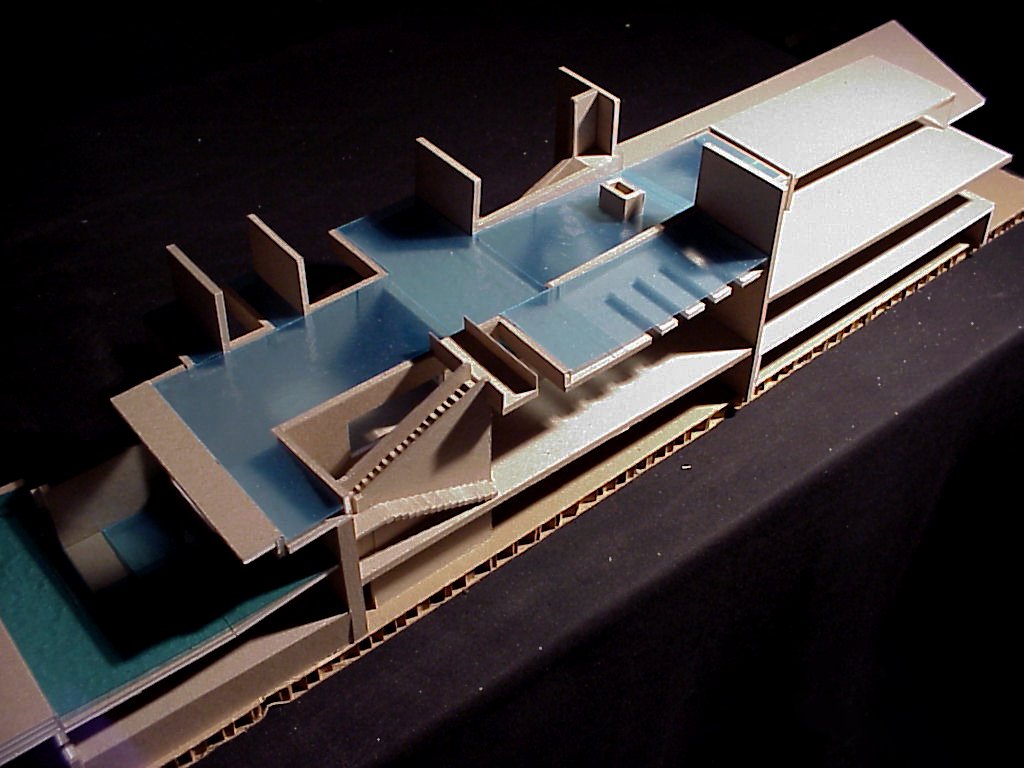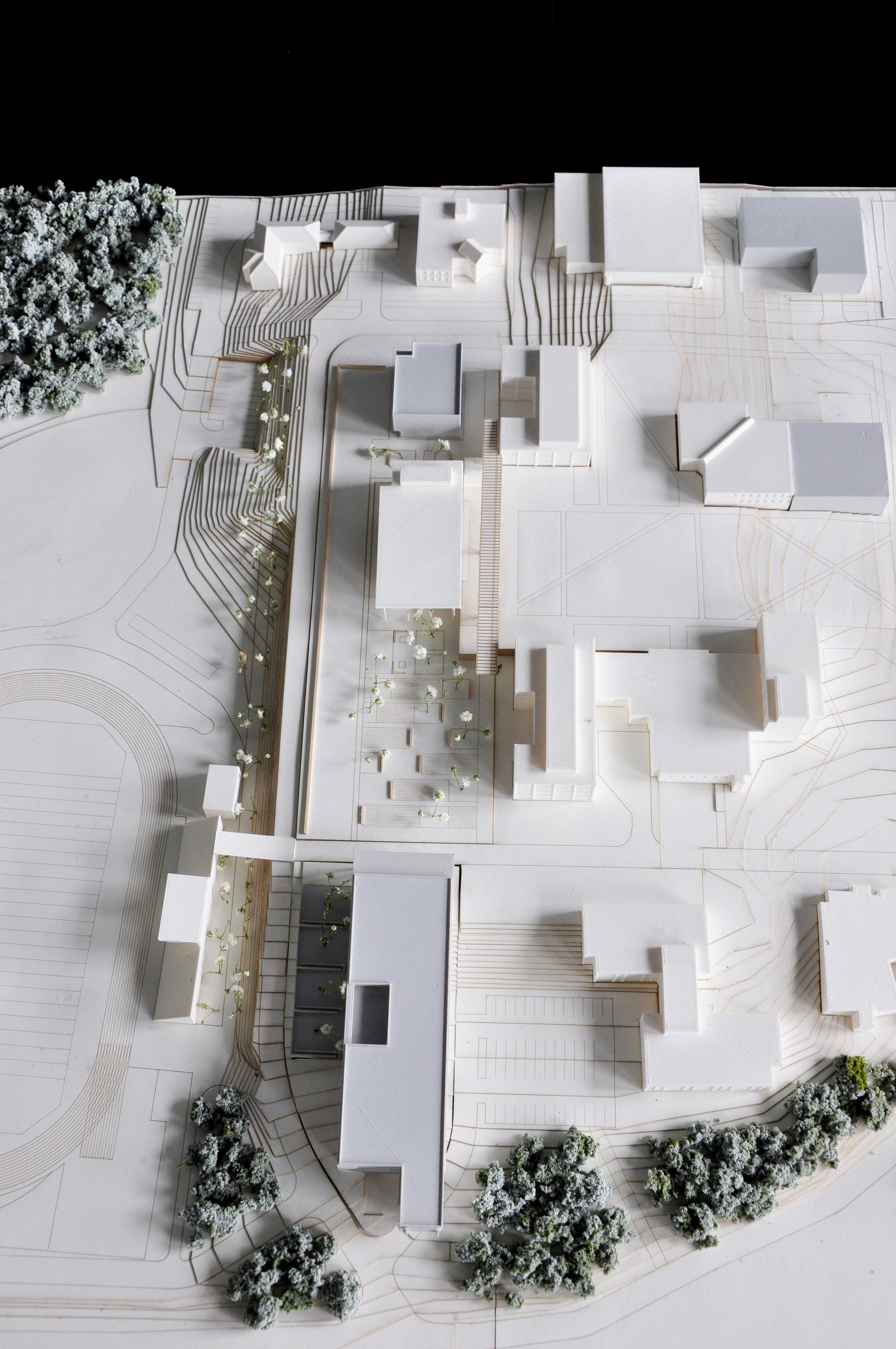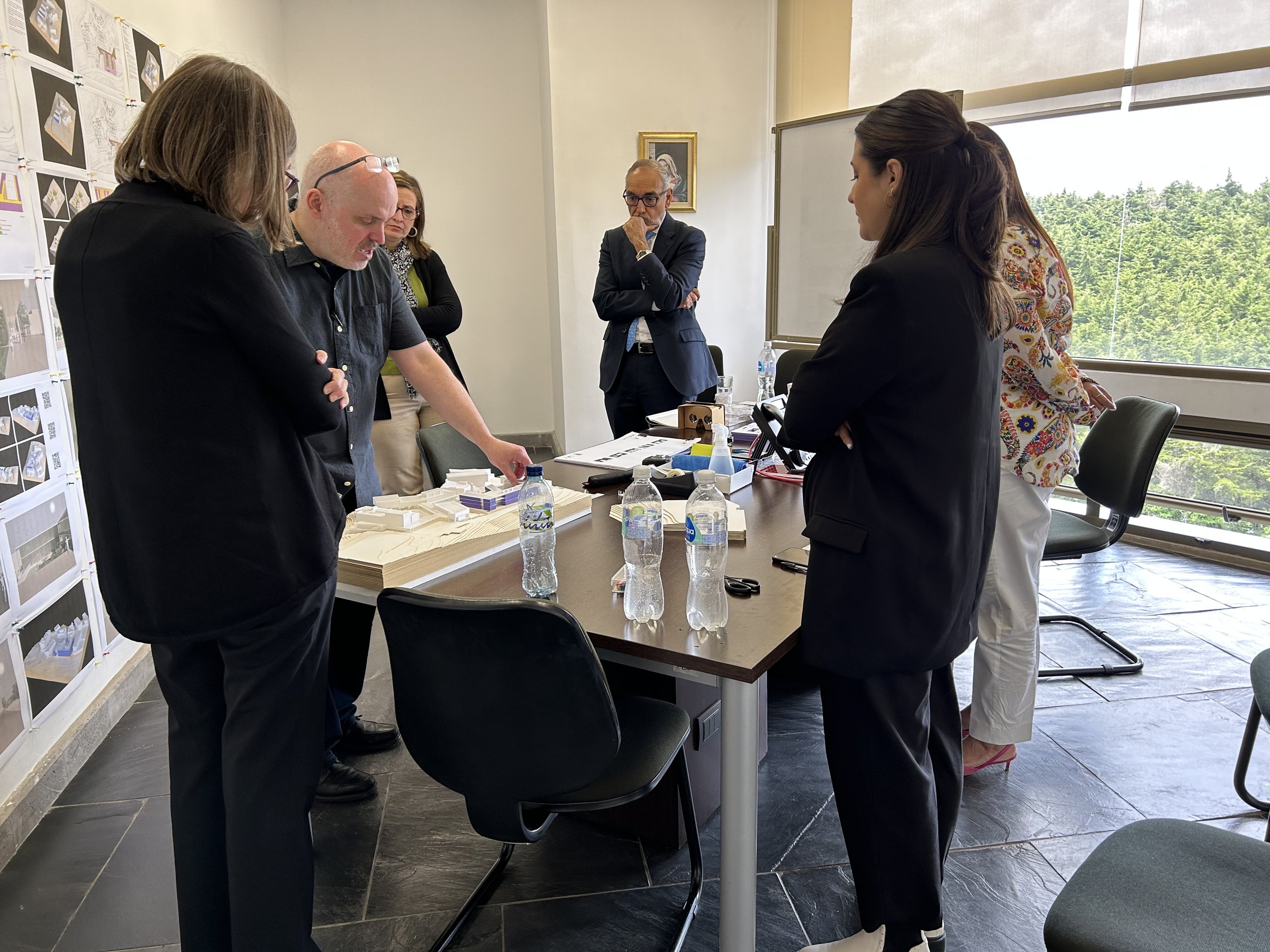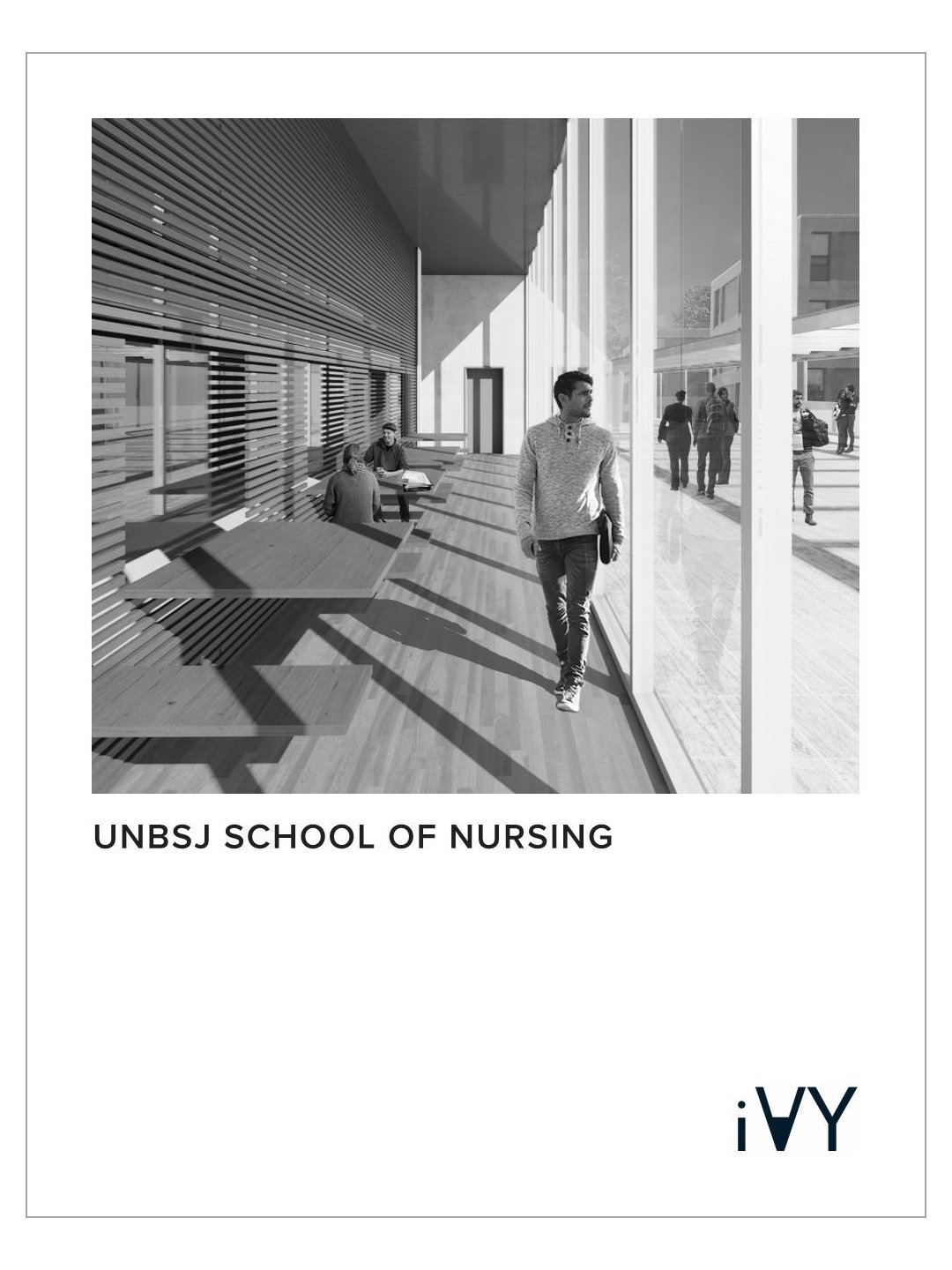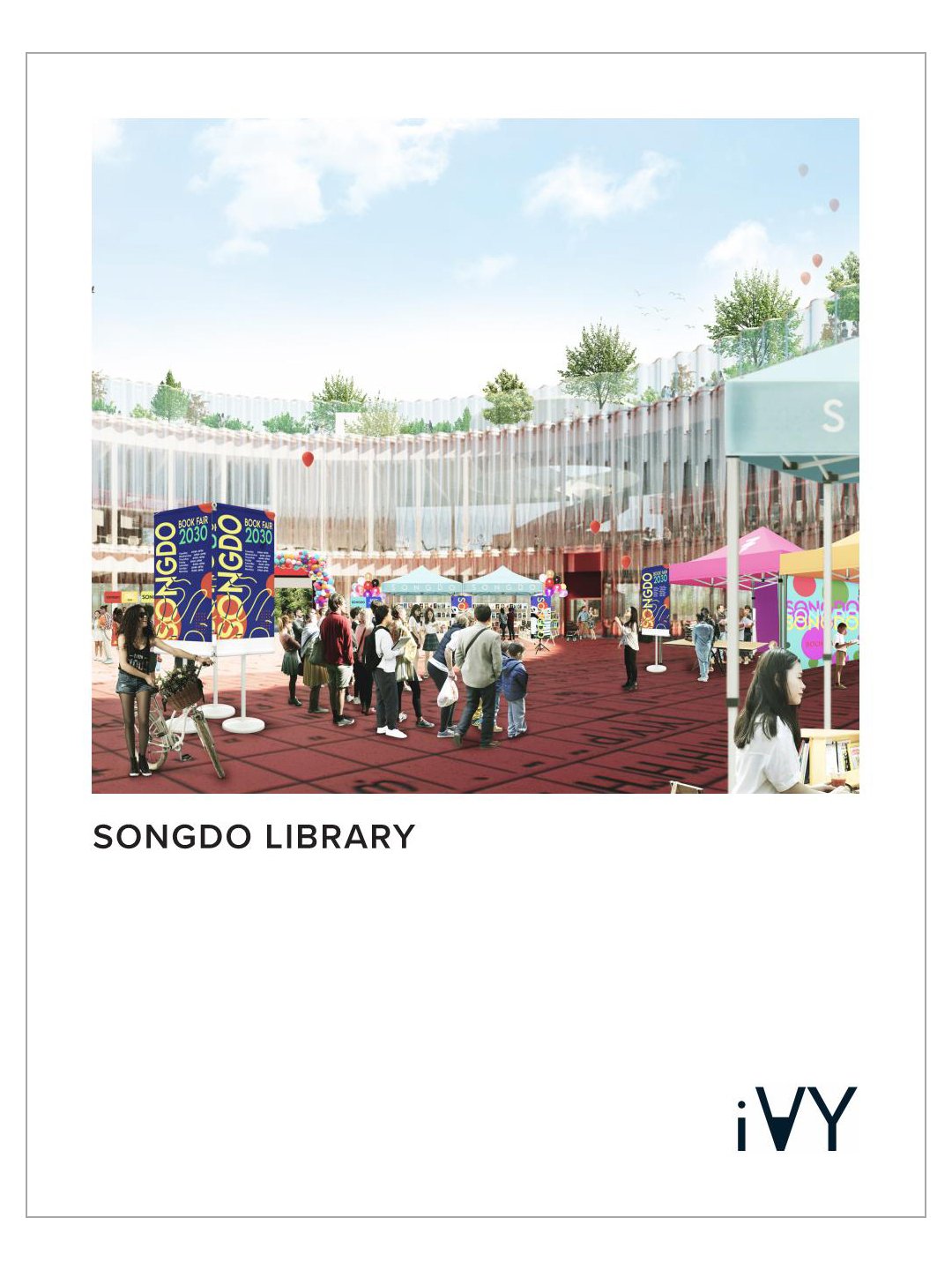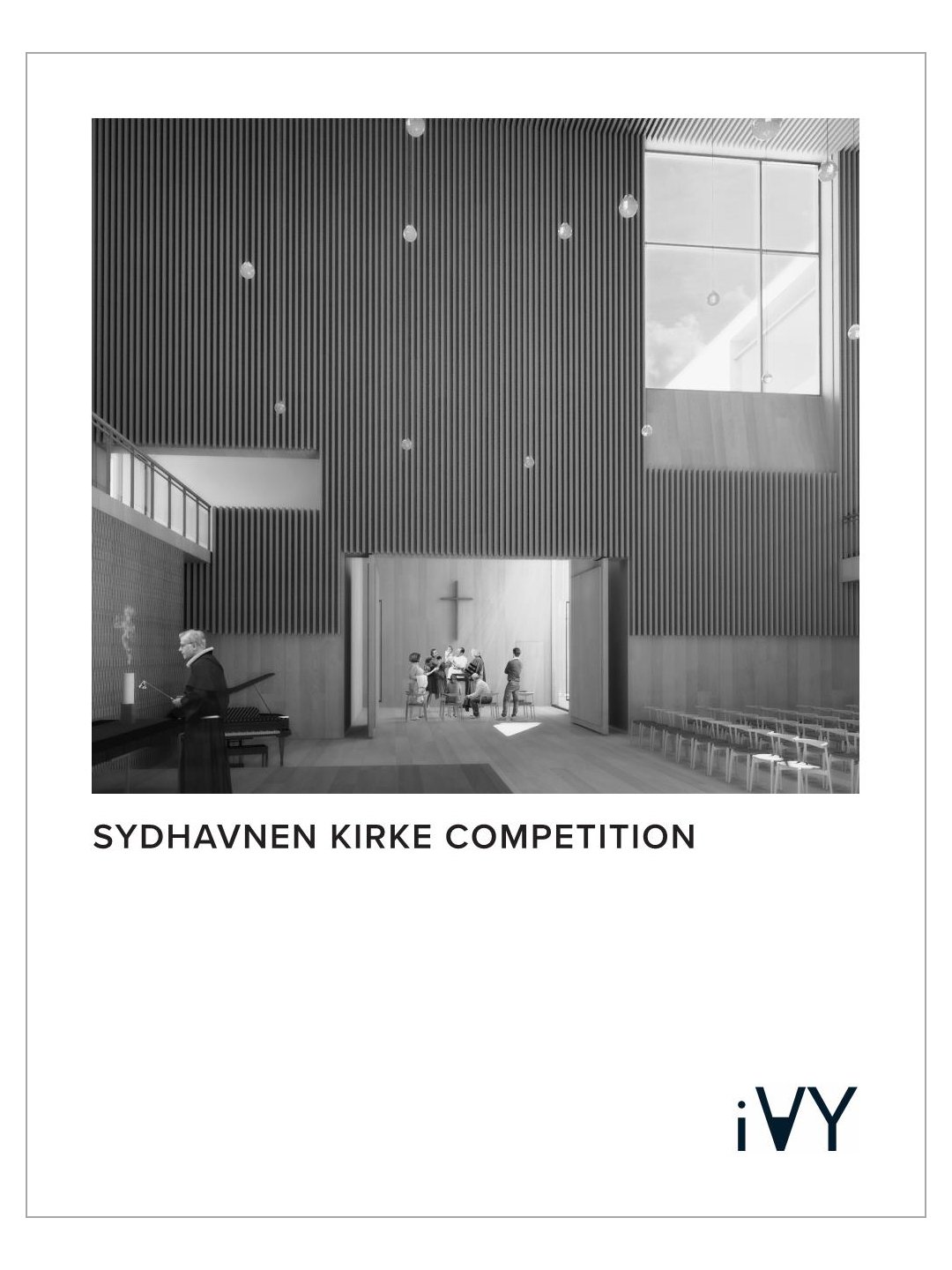studio
Founded by Junko Yamamoto and Roberto Viola Ochoa, iVY Design Associates is a multifaceted practice in which design is a vehicle to achieving meaningful solutions no matter the context, scale of the project or program.
Prior to starting iVY, both of the founders accumulated years of valuable experience working on a variety of project types and client groups in different geographic locations.
The essential methodology then, and today, is one of constant learning, allowing the accumulated knowledge to inform the decisions that are made in each project.
We do not approach design with a pre-determined formal agenda. We take pride in the process of discovery we follow and the versatility and variety of solutions we have proposed for each specific circumstance. The common thread in all of our work is one of rigor and understanding the circumstances and idiosyncrasies of each situation.
The most important part of the design process is to ask the right question. The nature of these questions varies from project to project and they cover the range from the pragmatic to the more esoteric. Understanding the essential question leads to more tailored responses.
search for identity
Years of working in the condition of a foreigner has given us a true sense of responsibility of what it means to intervene in somebody else’s ‘house’. In a world that is becoming more and more homogeneous, and cities begin to look alike, searching for those elements of identity becomes our obsession.
Mobility and technology have shortened the distances between places which has had an impact on the reach architects have. In addition, the speed demanded by projects and the vertiginous flow of information, makes it harder for architects to pay attention and avoid falling into the familiarity of recipes.
In this current global context, we strive for specificity about the place in which we are intervening. This specificity can be found in the multiple layers of the context, from its built environment to the way space is used.
Every location has a logic, it is the result of the scars left by time, only by understanding it, one can decide how to intervene and avoid the generic solutions that prevail in our built environment.
We are against the concept that doing the same thing over and over again equates to experience. Experience for us requires a critical position, a level of inquiry to understand how each condition is different to the others. We take pride on the fact that each of the projects we have undertaken has its own identity and formal logic.
building knowledge
Our professional and personal lives are intertwined in a single entity in which the boundaries between them have been blurred. We believe in the importance of building knowledge with and without projects inserted in the process.
We travel with purpose, visiting cities and buildings in detail, and we engage in discussions with other professionals. We learn. That accumulated knowledge percolates into our design process and enriches it.
In addition to professional practice, both partners have engaging academic practices in different institutions, both in the US and abroad.
We believe in the balance between academia and practice as a necessary way to improve both. Academia brings the dimension of inquiry to the design process, so often ignored in practice. It provides an intellectual grounding necessary to build relevant projects.
In return, practice brings a degree of realism to the academic projects. Students will eventually participate in the real world and understanding its logic is paramount to propose critical solutions to the difficult questions they will find in the future.
We also fundamentally believe in the architecture to be built, not just drawn. Materializing the project in a real construction is fundamental to assess the validity of the approach. Applying a degree of reality to the approach does not compromise an intellectual position, if anything it should only strengthen it. This is a fundamental concept that we inculcate to our students, regardless of where they are in their education.
Part of our practice includes participating in competitions. These processes, while challenging and time-consuming, provide real learning opportunities at multiple levels.
On the one hand, it has exposed us to multiple sites and types of programs that otherwise we would not have done.
On the other, the nature of the competitions we engage in, has demanded to explore construction methodologies we were not familiar with.
In addition, following the participation in these competitions, other questions have emerged which are dealt with at an academic level in the studios we teach.
process
No architecture project can happen without the involvement of the people who are going to use it or finance it. The collaboration between architects and clients is paramount for a successful development and implementation of the project.
We follow a methodology that is an open book. We engage in a process of research, of understanding all the variables of the project and we share that information with our clients at every step we take. This open collaboration allows us to better understand the client and the users, and oftentimes leads them to discover aspects that they may not have been aware of.
From a purely logistical perspective, technology has allowed architects to be able to study their designs with a greater degree of precision. Our design process uses a balanced approach between analog and digital tools that includes both physical and digital models.
Virtual reality, animations and energy models are other types of technological tools that are frequently used in our process.
The steps we follow are rigorously documented in a series of books that run parallel to the evolution of the project. This allows us to constantly reflect on the questions we are posing, giving a stronger intellectual grounding to the projects as well as providing a second level of evaluation of our own ideas.
